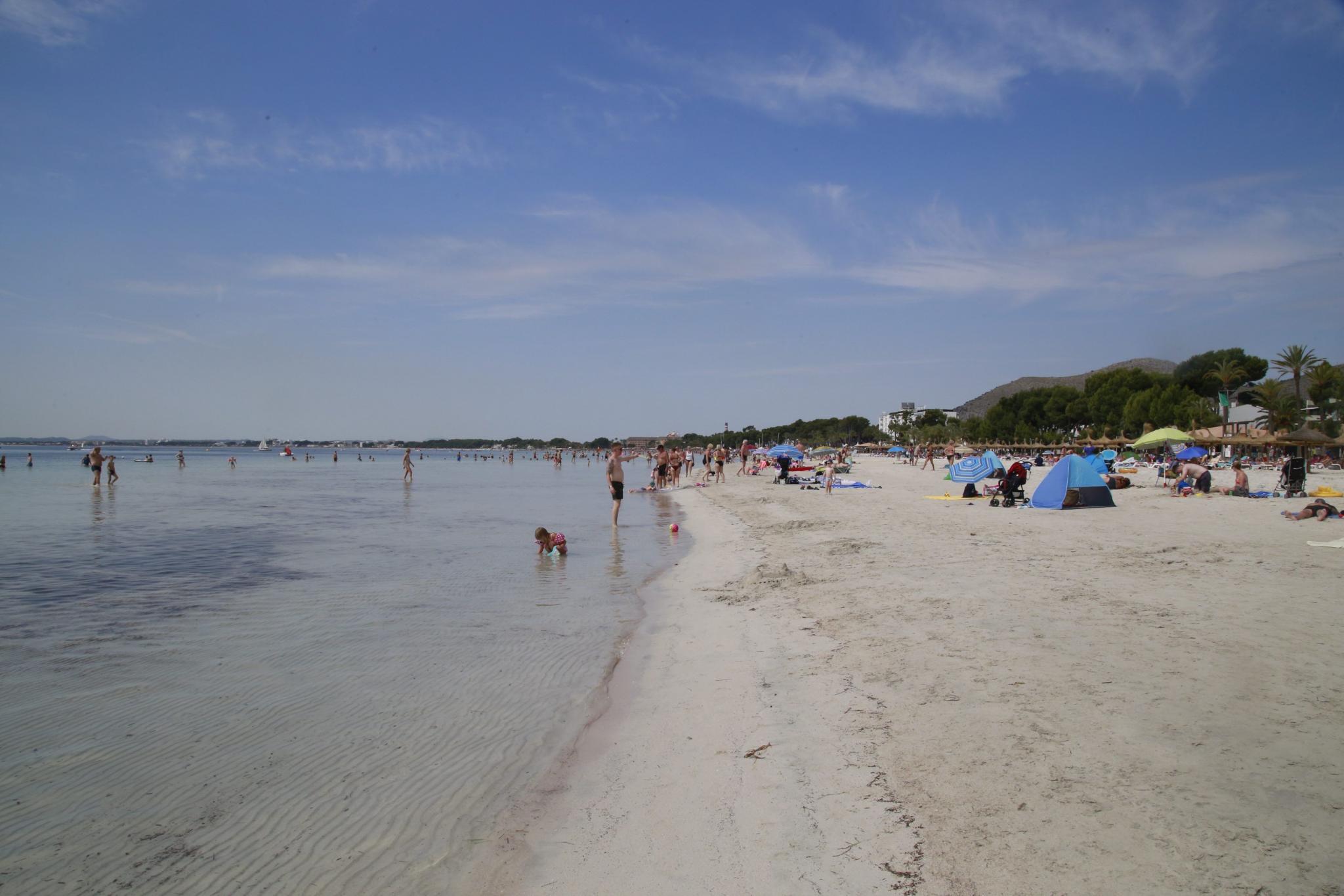It is one of those stories about Majorca which has long intrigued me. How and why did it happen? And if it hadn’t happened, would a tourist resort now have an entirely different name? I think it would.
This is the story of Sa Pobla’s beach. As we all know, Sa Pobla doesn’t have a beach. It is an inland municipality. But it used to have a beach, one where the villagers would go in summer and even put up makeshift summer huts. Those were the days before the likes of the Costas Authority or over-zealous town hall officials. The people of Sa Pobla were creating their huts, unmolested by officialdom, and they were doing so on part of the long stretch from Alcudia to Can Picafort.
On another part, the so-called French beach in Alcudia, Gerard Blitz installed the very first and very rudimentary Club Mediterranée. When officials from the town hall turned up and saw the collection of army surplus tents and basic facilities that Blitz had organised, it seems that they shrugged their shoulders, assumed these French were mad (Blitz was in fact Belgian) and left them to it.
May 1954. That was the fateful month; the month when Sa Pobla lost its beach. Over three days, three town halls - Alcudia, Muro and Sa Pobla - met to ratify the geographical demarcation of the three municipalities in the wetlands of Albufera. The town halls had been asked to do this (ordered to do this) by the Geographical and Cadastral Institute, a centralised government body which was creating a definitive map of municipal boundaries for the whole of Spain.
Although there was a lack of clarity, the limits as they applied to the coast seemed fairly logical. For Muro, there was the settlement of Ses Casetes des Capellans, the seaside church bungalows by the border with Santa Margalida (Can Picafort), which were bequeathed to the town hall for Muro people to use in summer. The Muro part of Albufera to the coast was defined by Capellans and the Gran Canal of Albufera. Sa Pobla’s part was between the canal and the old Cami Ca’n Blau (now the road that leads to the power station). The five municipalities on the bay of Alcudia all had their beach, although Albufera wasn’t an issue for Arta or Santa Margalida.
This was to change in 1954. Rather like there was little officialdom to control temporary structures on beaches, there was also an absence of public consultation. It is a matter that can still provoke some resentment in Sa Pobla. One day, the people had a beach; the next day, they didn’t. Few had been aware what was being discussed at those meetings.
The discussions (arguments) about the borders had in fact been going on for several centuries. In 1631, some Sa Pobla residents had engaged in a spot of Albufera land-grab from Alcudia. There was an appeal to the royal procurator, and the ruling went in favour of Alcudia. Litigation was to follow, and in 1863 Sa Pobla sought clarification, stressing its claim to a “coastal strip” which would seemingly once have been Alcudia’s. This came to nothing, and so in 1944 the three town halls agreed to have another go. By this time, regardless of that one-time land-grab, Alcudia was pretty clear as to what was its land (as clear as it was possible to be). The real “confusion” was now between Sa Pobla and Muro, and the confusion remained; in 1945 they gave up.
With the Geographical and Cadastral Institute to gee them along, the town halls gathered in May 1954. Alcudia’s representatives, including the mayor, Josep Tous Lliteras, were largely absent, as the issues were principally ones for the other two town halls. So, Muro and Sa Pobla were to end up establishing eight “milestones”, and the consequence of these milestones was that Sa Pobla, which had once insisted that the coastal strip belonged to it, relinquished the right to what was a two-kilometre stretch of land across Albufera to the coast.
It has been said that Sa Pobla did bad business; the mayor of Sa Pobla, Onofre Pons, wasn’t in attendance for all the meetings. Anyway, on the third day, May 24, the town hall representatives signed the document which confirmed all the milestones that were to now mark out the boundaries. For Sa Pobla, the business may not have seemed that bad, as the municipality gained some agricultural land, but it was business guided by old thinking - that coastal land was basically worthless.
The tourism boom had yet to start, but developments would have been, should have been evident. Gerard Blitz and Club Med were no longer in Alcudia, but the pioneering tour operators were starting, while elsewhere in Majorca - Calvia - the town hall was embarking on a process of granting permissions for coastal developments. The tourism boom was to pass Sa Pobla by.


No comments
To be able to write a comment, you have to be registered and logged in
Currently there are no comments.